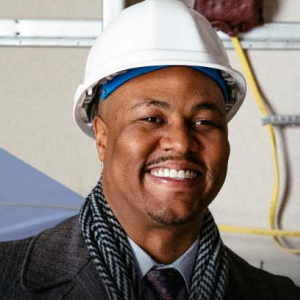
40 Years in Detroit’s Cass Corridor
In 1977, Joel Landy was a young man from the suburbs looking for a place to live in the city. He found it among a neighborhood of decaying, vacant, 1800s-era Victorian homes in the city’s iconic Cass Corridor, and he’s been there ever since.
It all began when an 1800s-era Victorian mansion with a carriage house and two Packard automobiles became available on Charlotte Street near Woodward Avenue. Landy and two of his friends pooled their money, $1500 each, to buy it. He still lives in that house today.
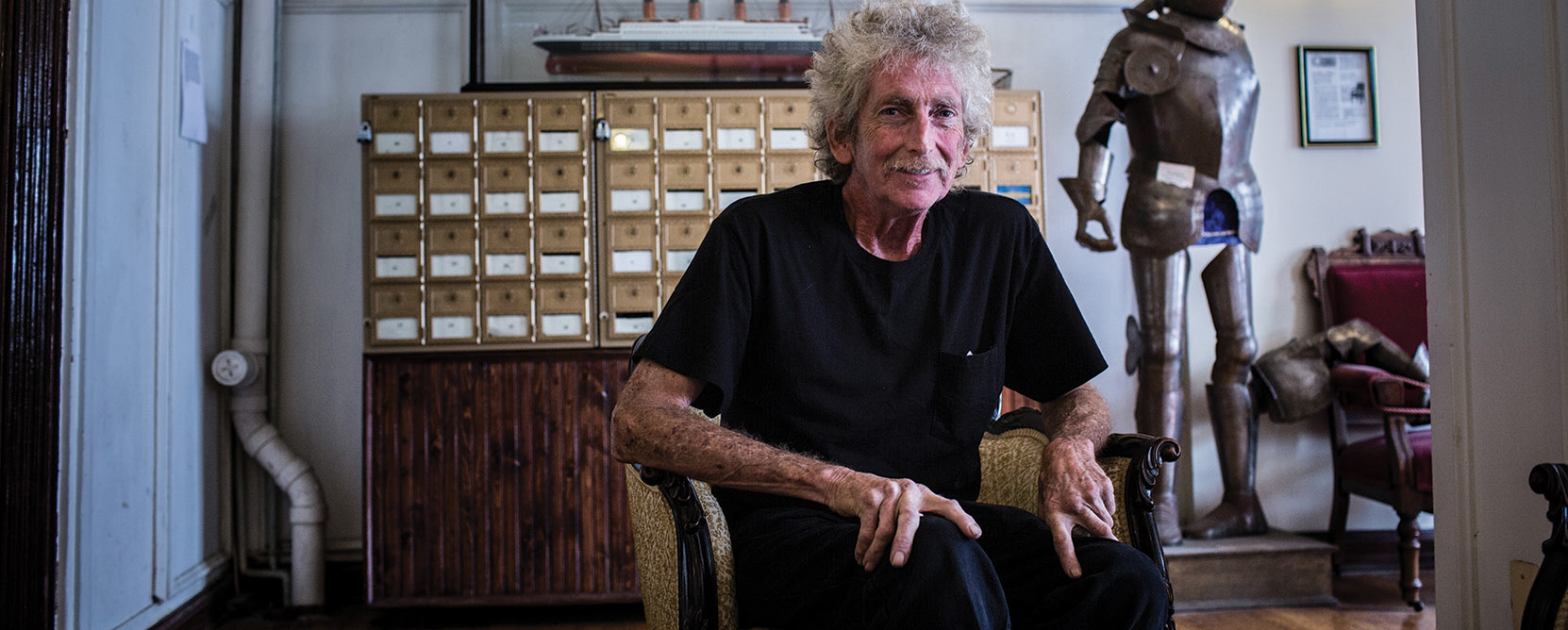
“It didn’t bother me that the house next door leaked until I owned it,” Landy laughs. “I couldn’t let these beautiful structures crumble to dust on my watch. I figured I’d go to the hardware store, and I’d be able to fix them. Of course, little did I know it was going to take somewhere between $300,000 and a million dollars to fix each house.”
“Landy-Land”: An Unlikely & Benevolent Empire
That first modest investment led Landy to build an empire of sorts in one of the most derelict—and historic—neighborhoods in the city. It was an area rife with Victorian mansions built during the 1860s when the area served as an enclave for wealthy families. Landy, transfixed by the beauty of these long-neglected structures, began acquiring and fixing up each property he bought, using little more than his own sweat equity and that of his friends.
“I always had a land contract or two, paying off a property,” says Landy. “Soon I owned numerous buildings that no one had painted or repaired in 80 years.”
Eventually, people came to call the neighborhood “Landy-land.” Landy has operated as a sort of single-handed not-for-profit economic development agency in the neighborhood for decades, spinning off businesses in the hopes of building a functional community.
“Many times I created a business, set it up, made it run and made it profitable, and then I gave it to an owner that I thought had the capability to continue its success and take it forward,” says Landy.
First, he sold his auto shop business to his manager for one dollar. He did the same thing with a movie theater, a record store and many other businesses.
“I did it to try and help people, and to try to bring an economy in to bring services that we needed to have a life here,” he says.
Landy and a group of like-minded community activists were able to get a historic district designation for the one-block area, and they became adept at using historic tax credits to finance improvements.
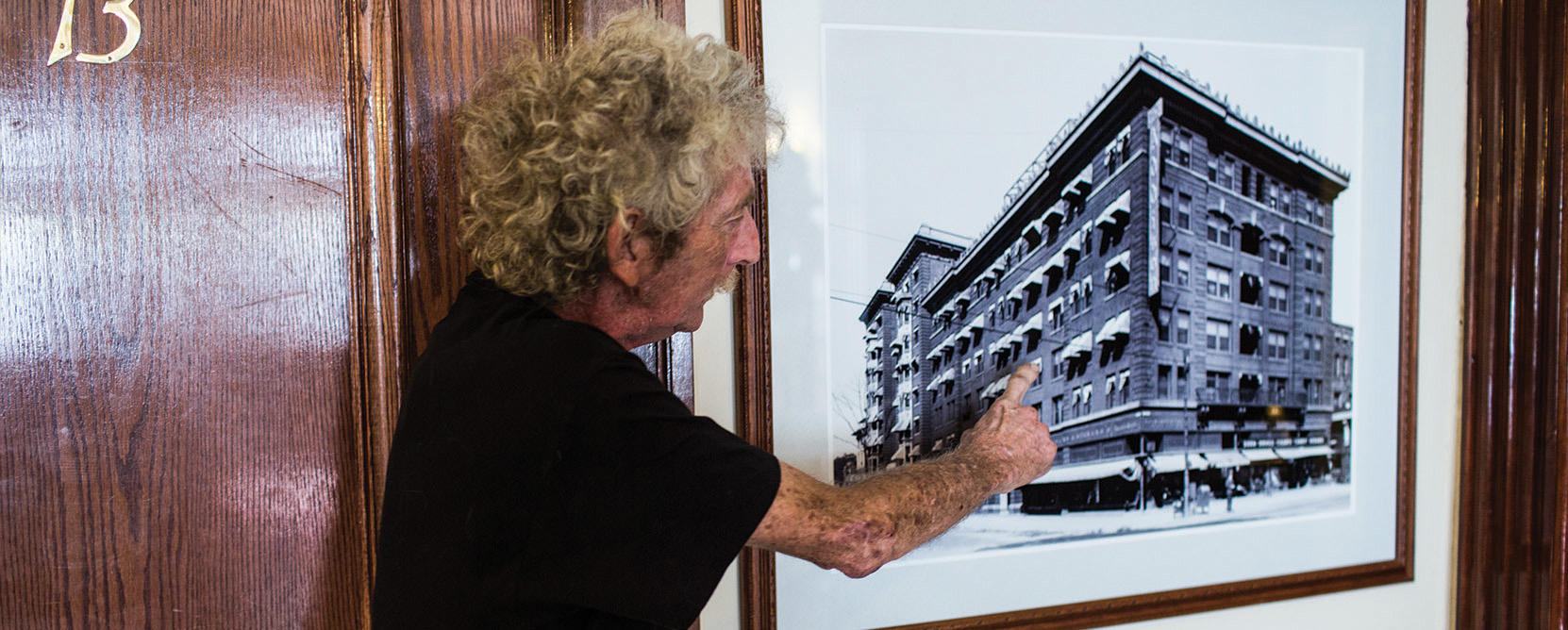
Federal historic tax credits offer incentive to developers to rehabilitate historic structures by issuing a tax credit for a portion of the cost of construction. Developers can receive a 20 percent credit for structures eligible to be listed on the National Register of Historic Places. Properties built prior to 1936 that are not eligible for listing and not included within a historic district are eligible for a 10 percent credit. By claiming a historic tax credit, developers agree to meet certain rehabilitation standards as defined by the U.S. Secretary of the Interior.
For many years, Landy worked against the tide of ongoing decline. The neighborhood was populated by Detroit’s most destitute citizens—the homeless, drug addicts, alcoholics and prostitutes.
“They kept to themselves and only hurt themselves,” Landy recalls. “Those of us in the neighborhood that were fixing old houses, we were kind of early settlers. We did barn raisings, and people would go to one house and everyone would fix the garage, or everyone would put a roof on. Of course, at that time we thought everything would be fixed in five years, and that was 35 or 40 years ago.”
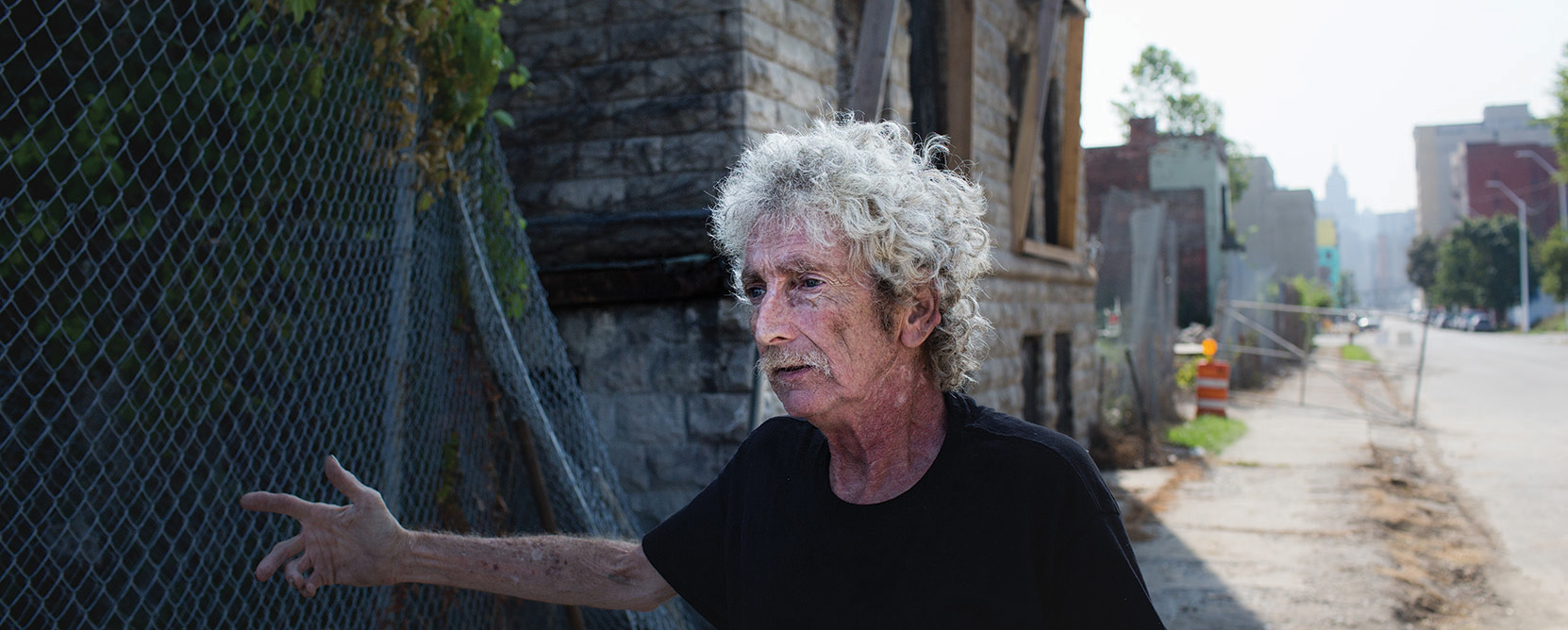
Persisting through Adversity & Building on Potential
Despite their efforts, the neighborhood continued to decline. At the heart of the problem, according to Landy, was the concentration of subsidized low-income housing and social service agencies concentrated in the area without a counterbalance of market-rate housing and moderate-income services.
“The people here had multiple problems—not only drug addiction but also mental illness, extreme poverty, lack of education, no families,” Landy says. “We realized one of the really important things we could do is bring in people with money to spend.”
By 2016, Landy had amassed 50 properties within a three-square-mile area. Over the last 20 years, he’s been able to borrow and invest more than $50 million in Landy-land, creating more than 100 units of market-rate housing, a charter school and multiple businesses.
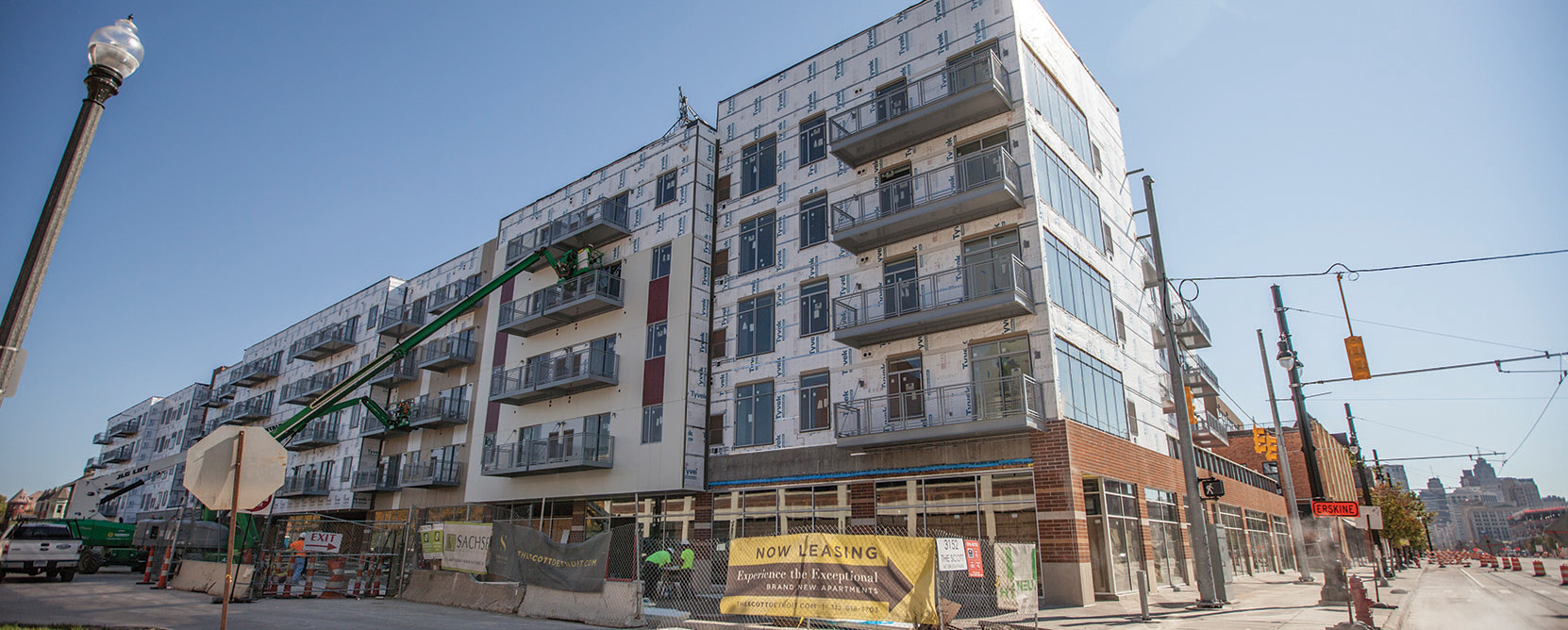
In the last several years, more people have come to appreciate the potential in the area that Landy saw four decades ago. The Cass Corridor has been re-branded “Midtown,” anchored by institutions such as Wayne State University and the Detroit Medical Center. A Whole Foods moved into the neighborhood. The area is now the focus of an intensive redevelopment effort, the likes of which no one alive in the Detroit area has ever seen.
Landy, for his part, was a bit squeamish about the rebranding, though he’s come to accept it.
“I loved the neighborhood and the name Cass Corridor. I grew up in it, it was part of my history,” says Landy. “But, I realized quite a while before this, in the public realm, you don’t win every victory. There are plenty of us who still call it the Cass Corridor, but to all the rest of the world, Midtown is fine. It doesn’t bother me, it’s just a name.”
Today, Landy is at work on what he says is the last significant un-renovated building in his neighborhood: the James Scott House.

The castle-like Romanesque-style Scott House was built in 1897 by what Landy calls “gambler playboy” James Scott, who also financed the fountain on Belle Isle that bears his name. The original building was narrow: only 85 feet wide and 15 feet deep. Scott died soon after it was constructed and is believed never to have lived in it. The next owner built an addition and, as with most of the neighborhood’s Victorian-era buildings, converted it into apartments to meet the needs of immigrants rushing into the growing city.
Landy was able to persuade the city to acquire the property for unpaid taxes in the mid-1980s. He bought the property from the city in the early ‘90s and began working toward a renovation plan.
“I was ready to walk into the building department and get a permit for construction when 2008 came and the real estate world collapsed. Fortunately I survived,” says Landy. “I had no bankruptcies; I didn’t lose any buildings. I always have plan A, B, C, D, E and F. I always put more equity into my buildings than people expect.”
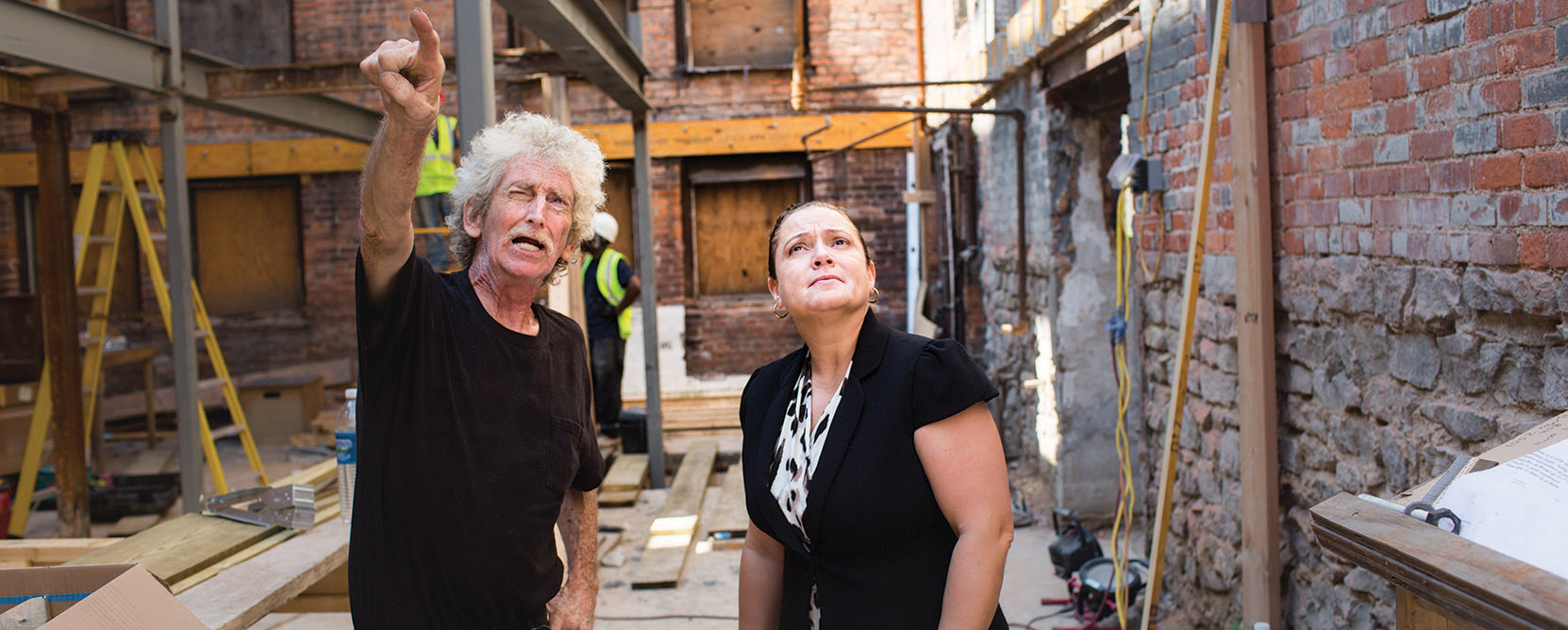
Landy began working with Sue Mosey, Executive Director of Midtown Detroit, Inc., to develop a financing package. It was Mosey who brought in Capital Impact Partners.
“There was some really tremendous things about Capital Impact Partners’ program,” says Landy. “They were going to offer a 15-year mortgage, which was unheard of and the interest rate was workable.”
“We stuck with Joel and with the project over several years as things worked themselves out…but once we got started, we were able to streamline the process and lower the cost substantially.”
Melinda Clemons, Senior Loan Officer, Capital Impact Partners
The project dragged on over several years, slowed down by a variety of issues, including Landy’s health problems.
“We stuck with Joel and with the project over several years as things worked themselves out,” says Melinda Clemons, senior loan officer for Capital Impact Partners. “But once we got started, we were able to streamline the process and lower the cost substantially. Having a lender who understands the project’s complexity and can provide long-term, affordable capital to the project was invaluable.”
But even with these advantages, the process was complicated.
“This project was not simple to close,” says Clemons. “We worked hand in hand with Joel throughout multiple iterations with the Woodward Corridor Investment Fund to get it closed and to make the project valuable.”
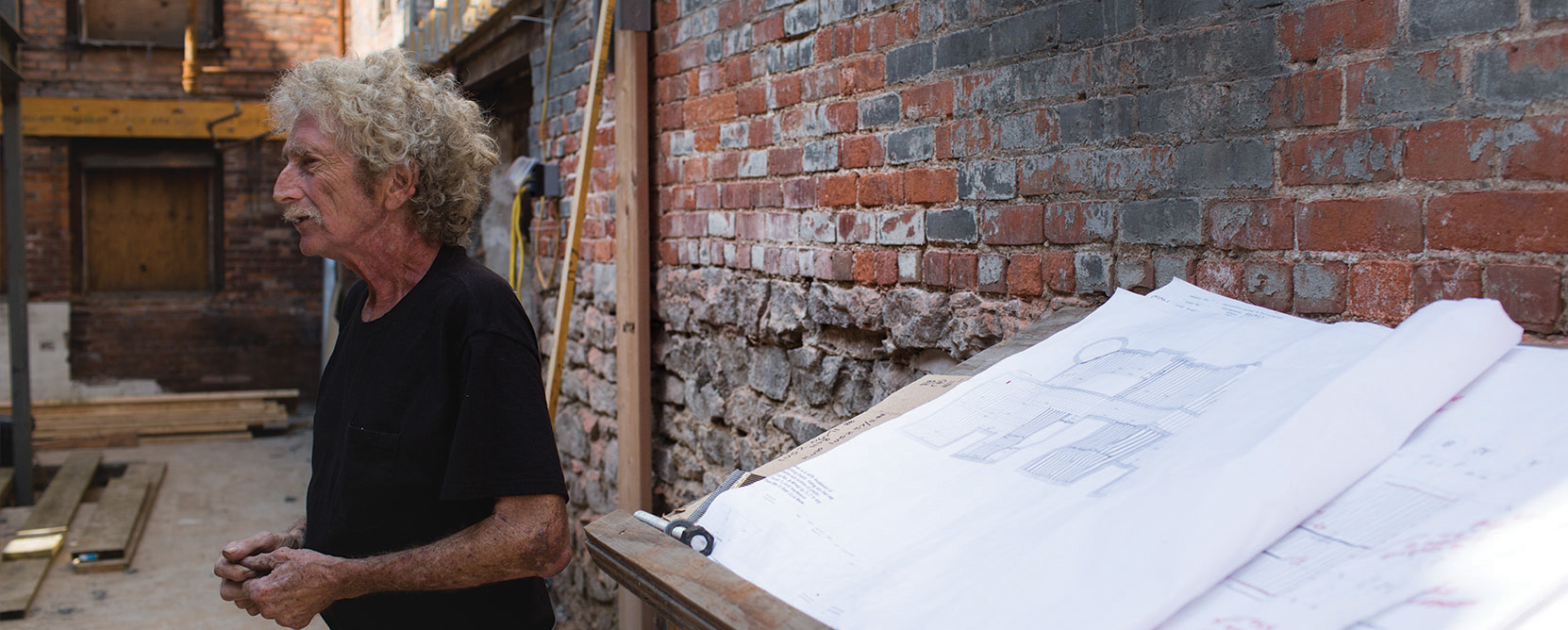
The loan closed in March of 2016. The $6 million project leverages federal and state historic tax credits and a mortgage from Capital Impact Partners, along with developer equity, and will bring 27 new, market-rate apartments to the area along with a small retail component.
Landy knows his path is unconventional, but he hopes he’s paved the way for other developers to continue the work he’s begun as Detroit’s redevelopment picks up pace.
“I never imagined there could be $2 million in sweat equity. That’s a lot of sweat,” he says. “But it has worked. Almost 40 years ago, I started with $4,500, and I have $27 million worth of property today. But that wasn’t really the motivation. I was fortunate that the things that I was doing worked—that we changed the map and changed history. That’s really more important than the money, truthfully.”
Contact us today to start a conversation about how Momentus Capital can support your journey to success.
